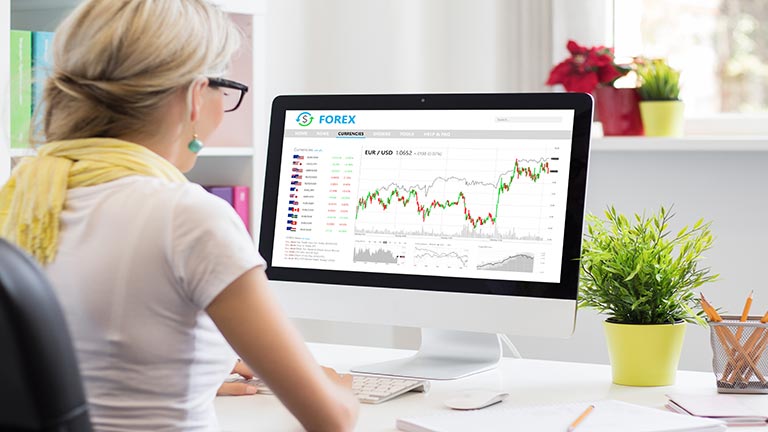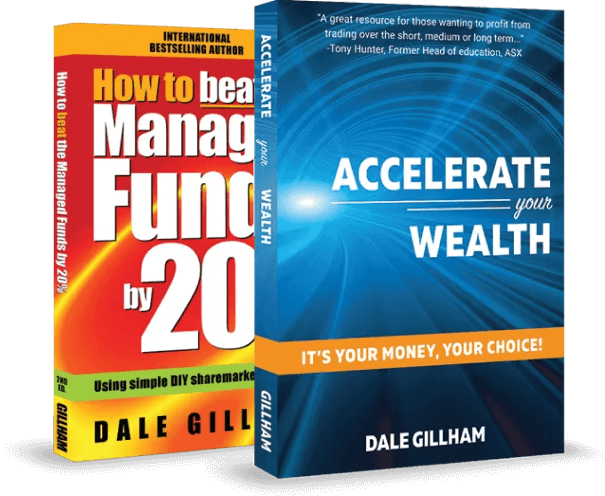Australian Super Caught in the AI Bubble: The Next Big Short

By Fil Tortevski and Dale Gillham
Michael Burry, the man who famously called the 2008 housing crash, is back, and this time, he’s betting against artificial intelligence. According to recent filings, Burry has taken bearish positions with a notional value of $1.5 billion against NVIDIA and Palantir, two of the most celebrated names in the AI boom. It’s déjà vu for those who remember the dot-com bubble: euphoric optimism, sky-high valuations, and the same dangerous conviction that this time is different.
But here’s what almost no one in Australia is talking about: if the AI bubble bursts, it won’t just shake Wall Street, it will hit mum and dad investors' superannuation funds.
Australia’s Super is Deep in U.S. Tech
Australia’s $4.3 trillion superannuation system is far more exposed to U.S. markets than most people realise. Roughly 20 per cent, or about $800 billion, is invested in American companies, with many of them concentrated in the same overhyped AI sector that Burry is now shorting.
That exposure is growing fast. Just last week, Prime Minister Anthony Albanese announced a new agreement that could channel over $1 trillion of Australian super into U.S. infrastructure and investment projects. He called it “a partnership for prosperity”, but, in reality, it's a one-way ticket for Australian retirement savings to be invested in America’s next potential bubble.
The Risk No One Talks About
While everyday Australians struggle with record rents, rising living costs, and falling real wages, their super funds are exporting capital overseas and chasing returns in a market even Wall Street veterans say is overheating, and the cracks are already showing.
The U.S. recently banned exports of advanced AI chips to China, cutting off a major source of NVIDIA’s revenue. In retaliation, China banned foreign chips from its state-funded data centers and accelerated support for domestic champions, such as Huawei, which is now developing its own advanced AI semiconductors. Even NVIDIA’s CEO, Jensen Huang, admitted it would be “foolish to underestimate” Huawei’s capabilities.
To put it bluntly, this is more than a trade dispute. It’s the beginning of a tech war, and when the giants stumble, so do the funds that hold them, including your super.
When Tech Falls, Super Follows
Take Australian Super’s International Shares option, one of the most popular investment choices among Australians. Its top holdings read like a who’s who of U.S. tech: Microsoft, Apple, Amazon, Meta, and NVIDIA. With that level of concentration, what took years to build up could unravel in months. When bubbles burst, they don’t ease down; they snap. If the AI trade turns, millions of Australians could watch their super balances shrink faster than they rose.
So, while Michael Burry shorts NVIDIA and Palantir, the bigger short might end up being the blind faith Australians have put in a system that invests their future in someone else’s boom and potentially, someone else’s bust. When the dust settles, the next big short might not just be about AI stocks, it could be about how Australian savers were left holding the bag.
What are the best and worst-performing sectors last week?
The best-performing sectors included Energy, up 1.00 per cent, followed by Communication Services, up 0.47 per cent and Financials, up 0.08 per cent. The worst performing sectors included Information Technology, down 4.10 per cent, followed by Materials, down 2.96 per cent and Consumer Discretionary, down 2.35 per cent.
The best performing stocks in the ASX top 100 included Light & Wonder Inc, up 14.05 per cent, followed by ASX Limited, up 5.72 per cent and Amcor Plc, up 5.71 per cent. The worst-performing stocks included James Hardie Industries, down 18.91 per cent, followed by Block Inc, down 16.05 per cent and Mineral Resources, down 12.07 per cent.
What's next for the Australian stock market?
Sellers were firmly in control last week, driving the All-Ordinaries Index down 2 per cent. The positive news is that buyers stepped in right on cue at the 9,000 level, stopping the decline and signalling that this price zone remains a key area of demand.
If the index can continue to hold above 9,000 in the coming weeks, the market will begin building a new base at a confirmed buyer level. That would strongly suggest last week’s low may have marked a major turning point, setting the stage for a renewed push toward the all-time high.
There is, however, a credible alternate scenario. Rather than launching higher immediately, the market may drift sideways. This wouldn’t be unusual as 2025 has already seen several periods where the index paused, consolidated, and then resumed its advance. That behaviour speaks to the underlying strength of the broader trend.
The consolidation case rests on one simple observation: since late August, the index has repeatedly bounced between support at 9,000 and resistance at 9,300, forming a textbook trading range. If this pattern persists, we could see another rebound toward 9,300 in the weeks ahead. Conversely, a decisive break below 9,000 and particularly a move under 8,800, would shift the outlook entirely and signal that a deeper pullback is beginning to unfold.
Looking ahead, seasonality could offer some relief. November and December are historically strong months for the stock market. Given November’s soft start, there’s room for a catch-up rally as investors position for the year ahead, which is a pattern seen many times before when December “picks up the slack.”
At this point, the smart approach is to focus on stocks leading the recent pullback and determine whether their weakness is driven by fundamentals or just seasonal rotation. If it’s the latter, current softness could present solid buying opportunities.
Overall, the market appears to be pausing after a strong run, which is the kind of environment where high-quality stocks often form a base before the subsequent rise. Keep an eye on leading companies finding support; the next leg up may not be too far away.
For now, good luck and good trading.
Dale Gillham is the Chief Analyst at Wealth Within and the international bestselling author of How to Beat the Managed Funds by 20%. He is also the author of the award-winning book Accelerate Your Wealth—It’s Your Money, Your Choice, which is available in all good bookstores and online.
How Wealth Within helps you trade with confidence
At Wealth Within, we believe education is the foundation of confident, profitable investing. Whether you’re new to the markets or ready to refine advanced techniques, our Trading courses are designed to give you the skills to succeed.
Beginners to seasoned traders wanting to take more profit from the market can learn to trade shares safely with structured strategies.
Our government‑accredited Diploma of Share Trading and Investment teaches a proven five‑step approach to managing risk, timing entries, and maximising profits.
To see market commentary in action, our Hot Stock Tips videos, ASX video library delivers weekly insights on the latest opportunities.
To understand why thousands of Australians trust us, read more About Wealth Within.






